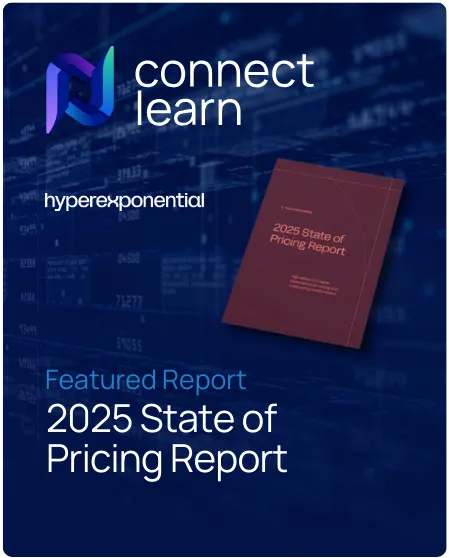The 1 January 2025 cyber reinsurance renewals progressed smoothly, with some notable price moderation, the entry of new reinsurers, and a growing focus on non-proportional products, reflecting an increasingly mature and efficient market, according to Howden’s 1.1 renewal report.
Reinsurance buyers benefited from favourable supply and demand conditions in 2024, driven by an oversupply of capacity, reduced demand, and manageable large losses.
Nine new reinsurers entered the market for 1 January 2025, with seven established carriers and two balance-sheet start-ups, adding approximately $250 million in capacity.
While 2024 saw several systemic events, such as a ransomware attack on Change Healthcare and a global IT outage, their impact on renewals was minimal. However, these events prompted reinsurers to seek more information about how contingent business interruption and systems failure coverage are underwritten, with some requesting additional data on where these covers are being provided.
Howden noted that the global cyber insurance market grew by around 5% in gross written premiums in 2024, a significant slowdown compared to the 26% annual growth seen between 2018 and 2022. This decline is attributed to lower rates and high penetration in mature markets.
To improve diversification and capitalise on growth potential, attention is shifting to regions with lower insurance penetration, such as Central and Eastern Europe, the Middle East, and Southeast Asia, though growth in these areas will take time.
For the 1 January 2025 renewals, reinsurers assessed cedents individually, with well-performing books seeing risk-adjusted rate reductions of up to 20% in the excess-of-loss market.
For quota share programmes, which remain the preferred structure for most cedents, ceding commissions rose by just over one percentage point on average, with some cases seeing increases of up to five percentage points.
Reflecting market conditions and reinsurers’ greater confidence in understanding the cyber risk class, there was an increased willingness to offer risk excess-of-loss reinsurance products to support cyber portfolios.
As systemic events remain a key concern, a growing number of cedents are shifting their focus from proportional to non-proportional products designed to provide better tail protection. Reinsurers are responding by considering event structures more proactively and requesting more transparency regarding systemic exposures.
Howden stated that these developments “translate into an increasingly mature and efficient marketplace.”














